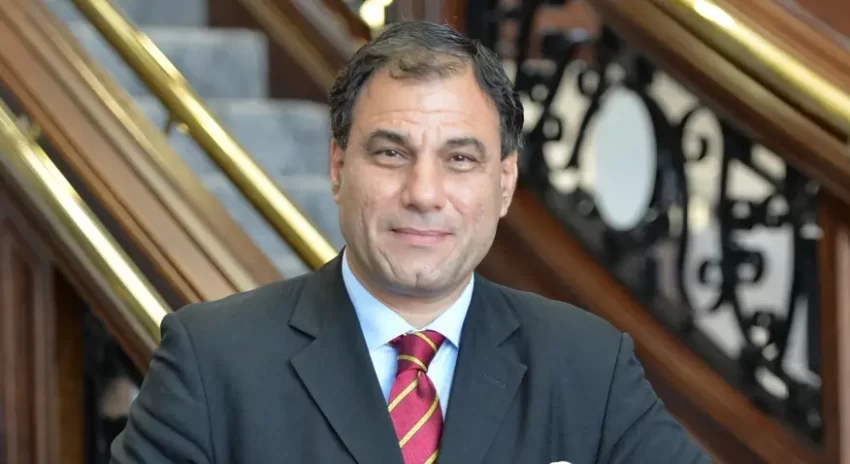Receive free Siemens Energy updates
We’ll send you a myFT Daily Digest email rounding up the latest Siemens Energy news every morning.
Siemens Energy expects to rack up a €4.5bn loss this year as the German group struggles to fix its ailing wind turbine business.
The Dax-listed group warned investors on Monday that resolving issues at the wind turbine division, which has been beset by technical problems as well as the inflationary pressures afflicting the rest of the industry, will prove costlier than expected.
The forecast came as Siemens Energy reported a net loss of €2.9bn for the third quarter and slashed its outlook for annual revenues. Executives had previously predicted that losses for 2023 would exceed last year’s €712mn loss by a “low triple-digit-million” amount.
Siemens Energy said the troubles at its turbine business Siemens Gamesa “demonstrate the challenges” of reviving a division whose woes had already wiped more than €6bn off the value of the company.
Its share price has plummeted about 30 per cent since June, when it disclosed technical problems and rising costs associated with its flagship 5. X onshore wind turbine.
Shares in the group fell 3 per cent by mid-morning to €15.08.
In June, the company said the issues would cost €1bn to fix, with chief executive Christian Bruch admitting faults were “more severe than I thought possible”.
Announcing Monday’s results, Bruch insisted that strong performance in other parts of the business gave him confidence in the company’s “ability to put businesses back on a strong footing” but conceded that the problems were a “massive setback”.
The company said the problems with Siemens Gamesa’s onshore wind turbines affected rotor blades and main bearings in the 4. X and 5. X platforms, its newest onshore models.
Jochen Eickholt, chief executive of Siemens Gamesa, gave examples of “wrinkles” in some of the layers of the turbine’s rotor blades.
“A rotor blade has more than 150 layers of glass fibres. We found that in the production process some of these layers had wrinkles and this can lead to irregularities,” he said.
Eickholt said the business was applying a stricter process for its suppliers, adding that some had been excluded.
The company said the problems could be fixed during regular maintenance. But Eickholt admitted: “We sold turbines too quickly [that] had not been sufficiently tested.”
Siemens Energy took full control of Siemens Gamesa in June to try and turn the business round following a string of profit warnings.
As well as the problems with its onshore wind turbines, Siemens Energy said Siemens Gamesa was struggling to increase its offshore wind turbine business, with Eickholt saying the company had become “a victim of our own ambitions”.
Executives also pointed to cost pressures across the European wind industry and tough competition from China.
Maria Ferraro, Siemens Energy’s chief financial officer, said she did not expect the company to raise more equity, insisting its balance sheet was strong with little debt, strong cash flow, and an investment grade rating from S&P. “That gives me confidence in our solid balance sheet,” she said.
Company executives repeatedly dodged the question of whether they could dispose of some assets as part of a review of its wind business strategy.
Analysts said the struggles at Siemens Gamesa were symptomatic of a broader challenge across the renewable energy sector, which was confronting rising costs and tough competition on pricing.
Clean energy goals have led to a surge in demand for wind turbines, putting pressure on supply chains.
But investors have demanded more transparency about the root causes of the problems at Siemens, according to William Mackie, head of capital goods research at the brokerage Kepler Cheuvreux.
Climate Capital
Where climate change meets business, markets and politics. Explore the FT’s coverage here.
Are you curious about the FT’s environmental sustainability commitments? Find out more about our science-based targets here
#Siemens #Energy #warns #4.5bn #loss #ailing #wind #turbine #division







